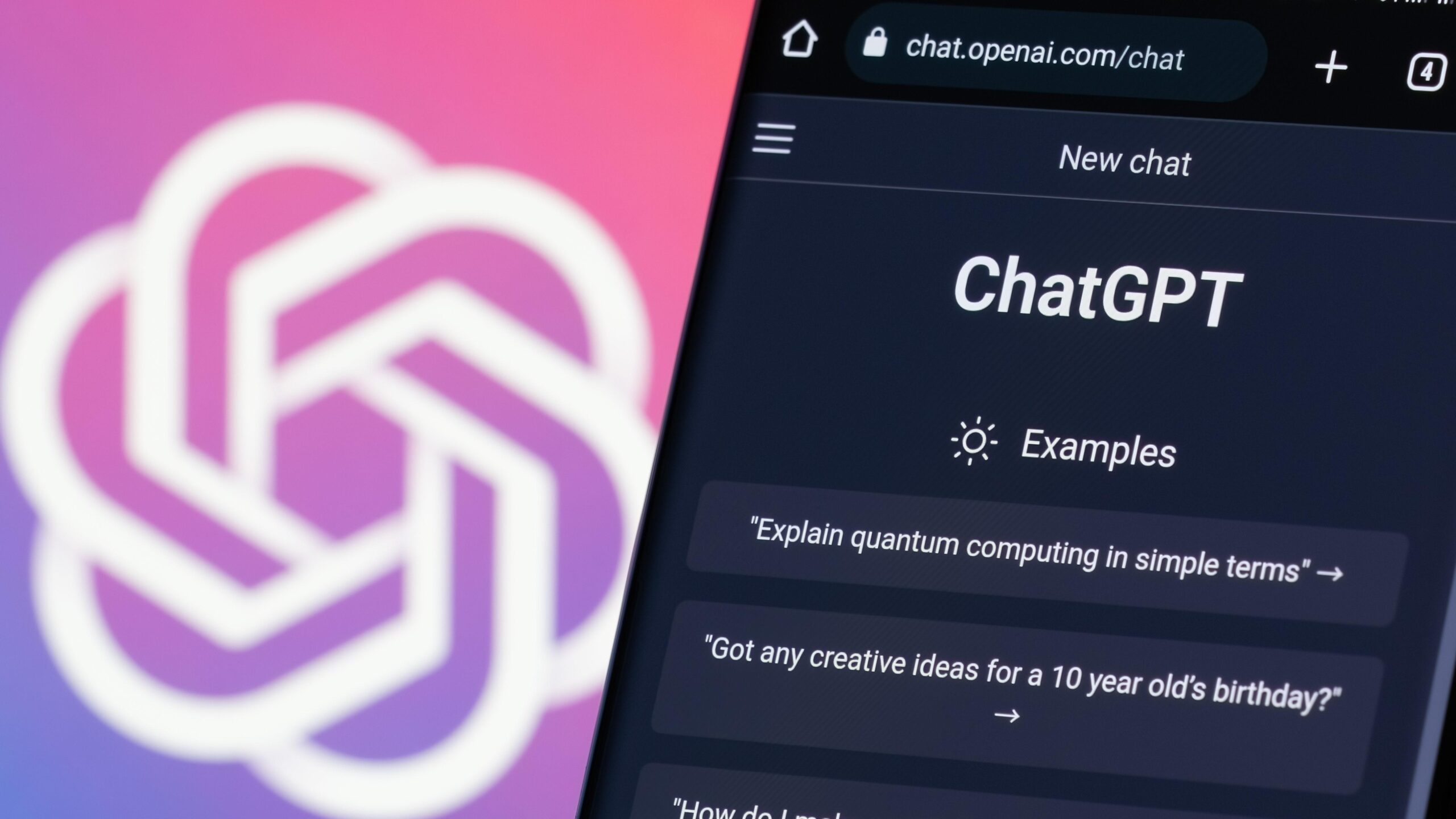ChatGPT’s Newest GPT-4 Upgrade Makes It Smarter and More Conversational
Language models have come a long way in recent years, with OpenAI’s GPT (Generative Pre-trained Transformer) series leading the charge in natural language processing. The latest upgrade to OpenAI’s ChatGPT, GPT-4, has taken a significant leap forward in terms of its intelligence and conversational abilities. With its enhanced capabilities, GPT-4 is set to revolutionize the way we interact with artificial intelligence.
One of the most notable improvements in GPT-4 is its ability to generate more coherent and contextually appropriate responses. Previous versions of ChatGPT occasionally produced nonsensical or off-topic answers, which undermined the conversational experience. However, GPT-4 mitigates this issue by better understanding the input and generating more relevant and meaningful outputs. This advancement brings us one step closer to having AI systems that can truly understand and engage in human-like conversations.
The training process for GPT-4 involved massive amounts of data, allowing it to learn from diverse sources and expand its knowledge base. OpenAI utilized a combination of supervised fine-tuning and powerful reinforcement learning to achieve better coherence and accuracy in responses. Through reinforcement learning, the model was trained to optimize for distinct objectives like minimizing incorrect or contradictory statements and generating more context-aware replies. These approaches collectively contribute to GPT-4’s improved conversational abilities.
Another impressive feature of GPT-4 is its enhanced ability to handle ambiguous queries. Ambiguity is a common challenge in natural language processing, as there are often multiple valid interpretations for a statement. Previous iterations of ChatGPT sometimes struggled with disambiguating user queries, leading to inaccurate responses. However, GPT-4 can now consider various potential interpretations and ask for clarifications whenever necessary, ensuring more accurate and relevant answers. This development is vital as it allows for a smoother and more natural conversation flow, ultimately enhancing the usability and effectiveness of the system.
OpenAI also made an effort to address biases present in the training data to make GPT-4 more inclusive and respectful of diversity. The company actively worked on reducing both glaring and subtle biases by employing a combination of human reviewers and automated systems. Although it is challenging to eliminate biases entirely, OpenAI’s commitment to tackling this issue is commendable. By ensuring a more balanced and neutral system, GPT-4 aims to provide fair and unbiased responses to user queries, creating a more inclusive AI environment.
However, despite these significant advancements, GPT-4 still has its limitations. The model may occasionally generate plausible-sounding but incorrect information. Like its predecessors, there is a chance of GPT-4 providing overly confident but false responses. Additionally, the system might sometimes exhibit biased behavior, albeit to a lesser extent than previous versions. Although OpenAI made strides in reducing biases, it remains an ongoing challenge due to the nature of training language models on large-scale data. Thus, users must remain cautious and critically evaluate responses generated by GPT-4.
OpenAI’s GPT-4 upgrade has undeniably propelled AI conversation models forward. With its improved coherence, better handling of ambiguous queries, and efforts to mitigate bias, GPT-4 promises to be a game-changer in the field of natural language processing. As these language models continue to evolve, they move us closer to more advanced and lifelike interactions with AI.
However, it is crucial to remember that GPT-4 is still an AI system, and its responses should always be taken with a grain of salt. While it is more conversational and intelligent than ever, it is not a substitute for critical thinking and human judgment. OpenAI’s work on GPT-4 highlights the potential of AI language models, but it also reminds us of the need for careful evaluation and continuous improvement to address its limitations.

